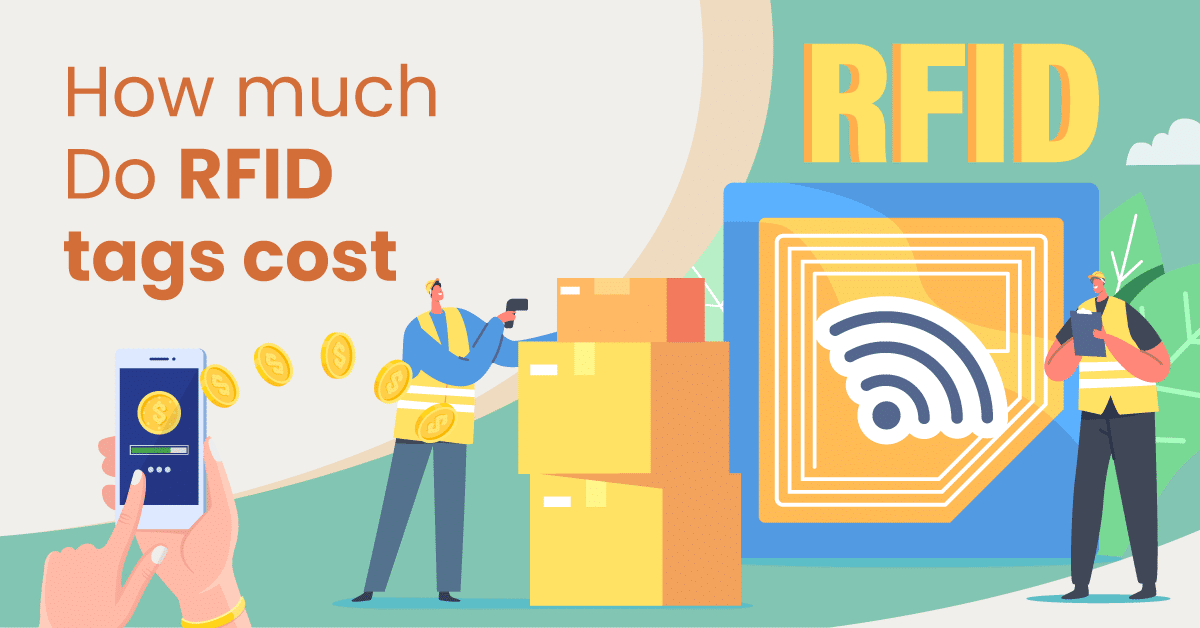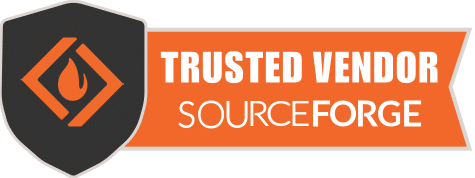💡 Key Takeaways:
- 1️⃣ Tag Type Drives Costs: Passive UHF tags, ideal for retail inventory, are the cheapest ($0.05–$0.50), while active tags for real-time tracking cost significantly more ($5–$50).
- 2️⃣ Volume and Customization Impact Pricing: Bulk orders of standard UHF tags reduce costs, but customized or rugged tags for specific retail needs increase expenses.
- 3️⃣ Frequency Affects Suitability and Cost: UHF tags, widely used in retail for long-range scanning, offer low-cost scalability, unlike pricier LF/HF tags for niche applications.
RFID (radio-frequency identification) technology has become increasingly prevalent in various industries due to its ability to track and manage items efficiently.
However, one of the main concerns among retailers is the cost of RFID tags. RFID tags typically cost retailers between $0.05 and $0.30 each, depending on the type, volume, and features. Bulk orders and passive tags are cheaper, while specialized or active tags cost more.
Prices can vary significantly depending on several factors, including the type of tag, its functionality, the quantity ordered, and the specific application.
This article will examine these factors and provide a comprehensive understanding of RFID tag costs and the cost of implementing RFID inventory management.
Understanding RFID Tag Costs
RFID tags are essential for tracking and identification across industries. Their costs vary due to several key factors. Let’s explore the primary influences on RFID tag costs.
Tag Type and Frequency
RFID tags come in different types, primarily passive, active, and semi-passive. Passive tags rely on the reader for power, while active and semi-passive tags have internal batteries.
Each serves different use cases depending on range and data transmission needs. The choice of frequency, low frequency (LF), high frequency (HF), or ultra-high frequency (UHF) also matters, as it affects performance, range, and compatibility with readers.
Material and Durability
The materials used to manufacture the tag affect its physical strength and performance. Tags built for harsh environments, such as those exposed to chemicals, moisture, or extreme temperatures, require rugged casings or encapsulation, which makes them more complex to produce.
In contrast, tags used in controlled environments, like retail stores, can be made with simpler materials.
Form Factor and Size
The design and size of an RFID tag influence its cost because of differences in antenna size, chip configuration, and attachment methods.
Smaller or custom-shaped tags may need specialized manufacturing processes, while larger tags with better read ranges require more materials.
The form factor must align with how and where the tag will be applied on clothing, pallets, metal surfaces, or even liquids.
Memory Capacity and Chip Type
RFID chips vary in memory capacity. Some only store an identification number, while others hold user data and support encryption.
Tags used for tracking inventory often need less memory than those used in access control or secure supply chains. The complexity and capabilities of the chip directly affect its manufacturing and integration process.
Volume and Customization
The number of tags ordered plays a significant role. Large-scale deployments typically reduce unit cost due to economies of scale.
Custom tags, whether branded, encoded, or tailored to specific use cases, require additional steps during production, such as programming, printing, or unique antenna tuning.
These adjustments add complexity and affect overall tag costs.
Environmental and Industry Compliance
Certain industries, like healthcare or aviation, have strict regulatory requirements for RFID usage. Tags must meet compliance standards and certifications for safety, interference, and durability.
Meeting these standards often requires specialized testing and validation, which can influence the complexity of manufacturing and approval timelines.
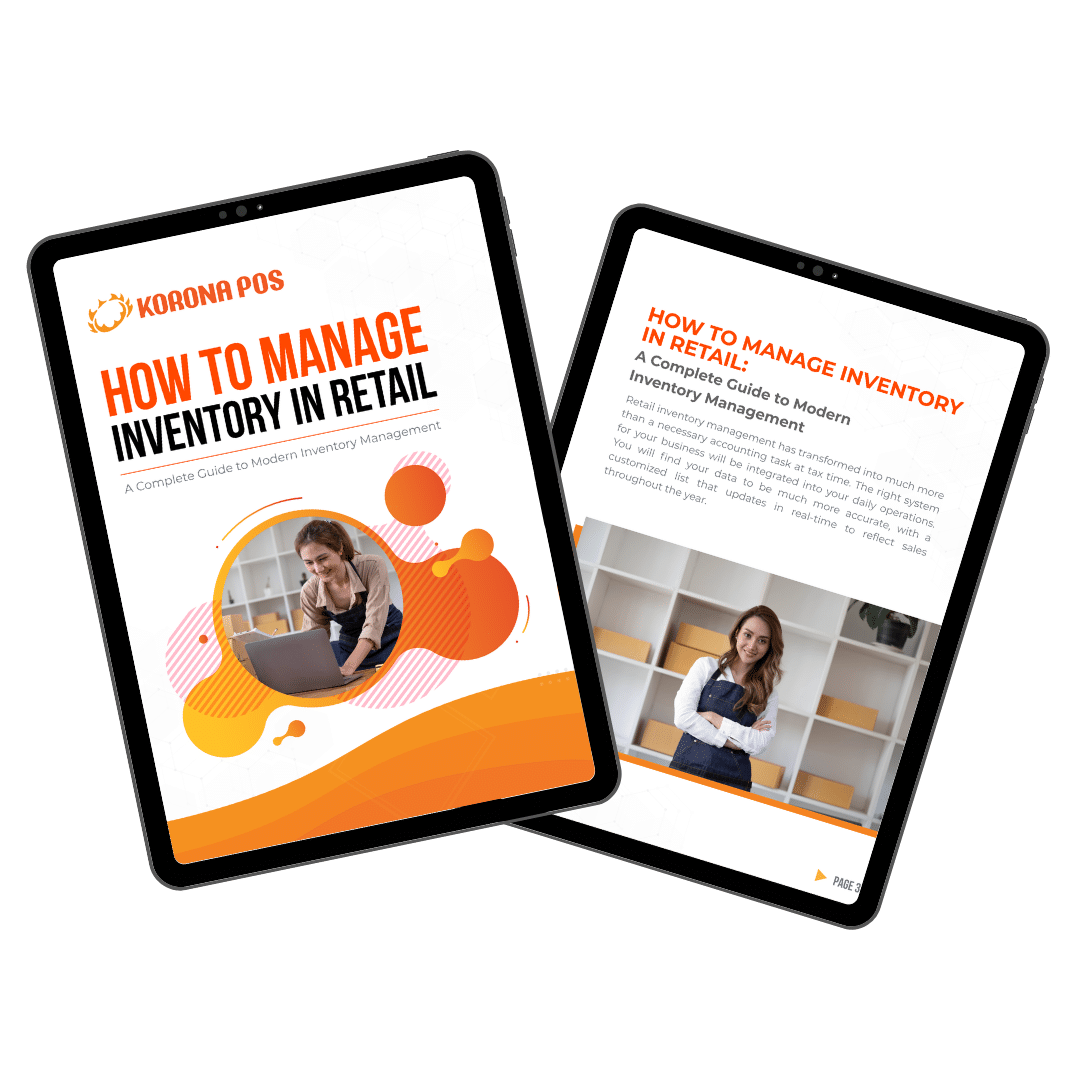
RFID Equipment Costs
Below is a detailed breakdown of key cost factors, including RFID readers, Power over Ethernet (PoE)/cabling, handheld inventory readers, and other relevant expenses. A comparison table for active vs. passive reader equipment costs is provided at the end.
RFID Readers
- Fixed Readers: Used for continuous tracking at specific points (e.g., doorways, warehouses). Costs range from $1,000 to $8,000 per unit, depending on brand, frequency (LF, HF, UHF), read range, and features like multiple antenna ports or ruggedness. UHF fixed readers, common in supply chain management, typically cost $1,500–$3,000.
- Integrated Readers: Combine reader and antenna for compact applications (e.g., self-service kiosks). Costs range from $500 to $1,000, depending on read range and integration capabilities.
- USB/Desktop Readers: Used for small-scale or point-of-sale applications. Prices range from $200 to $500, suitable for low-frequency (LF) or high-frequency (HF) tasks like access control.
Power over Ethernet (PoE) and Cabling Costs
- PoE Infrastructure: Passive RFID readers often require PoE to deliver power and data over a single Ethernet cable. Depending on port count and power output, PoE switches or injectors cost $100–$500 per unit. Installation of PoE infrastructure in a facility can add $1,000–$5,000, depending on scale and existing network setup.
- Cabling: Ethernet cables (Cat5e/Cat6) for PoE or data connectivity cost $0.50–$2 per foot. A typical manufacturing setup with multiple fixed readers may require 100–500 feet of cabling, totaling $50–$1,000.
- Antenna Cabling: Specialized coaxial cables for connecting readers to antennas cost $50–$200 per cable, depending on length and quality. Each fixed reader may need 1–4 cables.
Handheld Inventory Readers
- Cost Range: $500–$4,500 per unit, with basic models at $500–$1,500 and rugged, high-performance models (e.g., for outdoor or industrial use) at $3,000–$4,500.
- Features Impacting Cost: Ruggedness (e.g., IP65 rating for dust/water resistance), read range, multi-tag reading, and compatibility with mobile devices (e.g., iOS/Android via Bluetooth). Models like TSL or AsReader offer advanced features, increasing costs.
- Accessories: Charging cradles ($50–$200), power supplies ($20–$100), or smartphone/tablet sleds ($100–$300) for enhanced functionality add to costs.
- Applications: Manual scanning is common in retail, healthcare, and logistics for inventory audits, asset tracking, or locating misplaced items. Some of these handheld inventory readers include barcode scanners.

Antennas
- Cost Range: $50–$300 per antenna, depending on gain, directionality, and environmental resistance (e.g., weatherproofing for outdoor use).
- Quantity: Fixed readers typically require 1–4 antennas, costing $100–$1,200 per reader setup. High-gain antennas for long-range UHF applications are pricier.
- Role: Antennas broadcast and receive radio waves, critical for reader-tag communication. Proper selection and calibration are essential for performance.
RFID Printers/Encoders
- Cost Range: $1,500–$5,000, depending on print volume, encoding capability, and durability. Used to print and encode RFID labels for inventory or retail.
- Applications: Common in warehouses or retail for creating custom tags. High-throughput models for large-scale operations cost more.
Component | Passive Reader System | Active Reader System |
Fixed Reader Cost | $1,000–$8,000 per unit (UHF: $1,500–$3,000) | $500–$2,000 per unit (simpler design, fewer antennas) |
Handheld Reader Cost | $500–$4,500 per unit (same as active for UHF models) | $500–$4,500 per unit (similar to passive, varies by features) |
Antenna Cost | $50–$300 per antenna, 1–4 per reader ($100–$1,200 total) | $50–$200 per antenna, fewer required ($50–$400 total) |
PoE/Cabling Cost | $1,000–$5,000 for PoE switches/injectors; $50–$1,000 for cables | $500–$2,000 (less cabling due to simpler infrastructure) |
If you’re looking for POS inventory hardware options, KORONA POS can help. We provide all modern inventory management hardware. You can also choose the hardware you’re looking for your inventory by clicking below, and we’ll get back to you as soon as possible.

Build Your Own POS
Whether you run a retail store, café, or admissions booth, we have the point of sale hardware designed for your specific needs. Start building your ideal POS system now.
RFID Installation and Setup Costs
Setting up an RFID system involves more than just plugging in devices. Costs depend heavily on who installs it, the complexity of the network, and how long calibration takes.
Whether you opt for a DIY approach or hire professionals, each choice affects cost, accuracy, and downtime.
Installation Labor Cost
- DIY (Do-It-Yourself): Suitable for small-scale or simple setups (e.g., single reader, basic inventory tracking). Costs range from $0–$1,000, covering in-house staff time (10–20 hours at $25–$50/hour). Requires technical expertise; errors in calibration or wiring can lead to performance issues, increasing long-term costs.
- Integrator: Professional system integrators ensure optimal setup for medium-to-large deployments (e.g., warehouses, retail). Costs range from $2,000–$10,000, based on system size and complexity (20–100 hours at $50–$100/hour). Integrators handle reader placement, antenna tuning, and software integration, reducing errors.
- Vendor: RFID equipment vendors often offer installation services, ensuring compatibility with their hardware. Costs range from $3,000–$15,000, depending on project scope and vendor rates ($75–$150/hour). Preferred for complex systems (e.g., multi-site, active tag setups) but may lock businesses into vendor ecosystems.
Network Setup & Antenna Calibration
- Network Setup: Involves configuring Power over Ethernet (PoE) switches, routers, and Ethernet cabling for reader connectivity. Costs range from $1,000–$5,000 for PoE infrastructure (switches: $100–$500 each; cabling: $0.50–$2/foot). Large facilities may need 100–500 feet of cable ($50–$1,000). Existing network infrastructure reduces costs.
- Antenna Calibration: Critical for maximizing read range and accuracy. Requires precise positioning and tuning of 1–4 antennas per reader. Costs range from $500–$2,000 per reader setup, included in integrator/vendor fees or billed separately (5–10 hours at $50–$100/hour). Misaligned antennas cause read failures, impacting system reliability.
- Software Integration: Connecting readers to inventory or ERP systems adds $1,000–$5,000 in setup costs, depending on complexity. Cloud-based solutions simplify setup but may incur ongoing fees ($500–$2,000/year).
- Facility Modifications: Mounting readers/antennas or adding conduit for cables in harsh environments (e.g., factories) costs $500–$3,000. Structural changes (e.g., ceiling mounts) can add $1,000–$5,000 for large setups.
Realistic Timeline
- Small Setup (1–2 Readers, Single Location): Takes 1–2 days. Includes installing 1–2 fixed readers, 2–4 antennas, and basic software setup. DIY or integrator-led, with 8–16 hours of labor. Suitable for small retail or office environments.
- Medium Setup (3–10 Readers, Warehouse/Retail): Requires 3–5 days. Involves multiple fixed readers, 10–20 antennas, PoE network setup, and software integration. Integrator or vendor-led, with 24–40 hours of labor. Calibration and testing extend timelines.
- Large Setup (10+ Readers, Multi-Site): Takes 1–3 weeks. Includes dozens of readers/antennas, extensive cabling, and complex software integration (e.g., ERP systems). Vendor or integrator-led, with 80–200 hours of labor. Multi-site coordination and environmental challenges (e.g., outdoor setups) prolong timelines.
- Testing and Validation: Adds 1–2 days for small setups, 3–5 days for larger ones. Ensures tag readability and system reliability. Critical to avoid post-deployment issues.
RFID Software & Licensing Costs
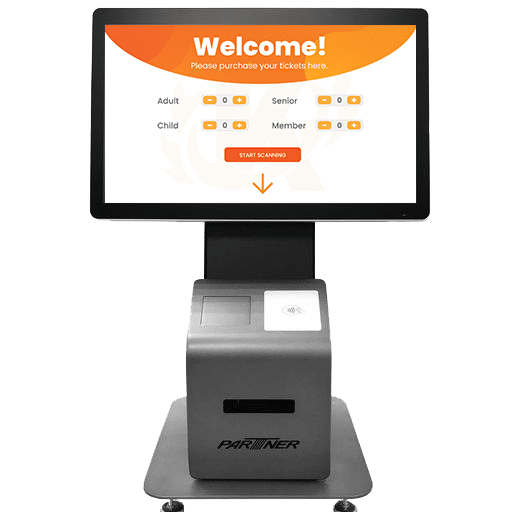
The cost of this software depends on deployment type (cloud vs. on-premise), licensing model, number of users or devices, and integration needs. Here’s a breakdown of the most important cost-related factors:
Cloud vs. On-Premise RFID Software
Cloud-Based Software:
- Hosted on vendor servers, accessible via the internet, reducing local hardware needs.
- Ideal for small-to-medium businesses or those needing scalability and remote access.
- Basic inventory tracking (10–50 users) costs $1,000- $5,000 annually. Advanced features (e.g., analytics, ERP integration) can cost $10,000–$50,000/year.
- Requires stable internet; data security depends on vendor protocols.
- Examples: Asset Infinity, RFgen, Zebra MotionWorks (cloud options).
On-Premise Software:
- Installed on local servers, offering greater control over data and customization.
- Suited for large enterprises with complex needs (e.g., manufacturing, healthcare) or strict compliance requirements.
- Initial costs range from $5,000–$20,000 for basic systems, up to $50,000–$100,000 for advanced middleware with ERP integration.
- Additional hardware (servers, backups) costs $2,000–$10,000 upfront, plus IT maintenance ($1,000–$5,000/year).
- Examples: Impinj Speedway, SOTI Connect, custom solutions by system integrators.
License Models
Subscription (SaaS):
- Monthly or annual recurring fees, often tied to cloud-based software.
- Costs scale with users, readers, or tag volume (e.g., $50–$200/month per user or $1,000–$10,000/year for 10 readers).
- Includes updates, support, and hosting, reducing upfront costs but increasing long-term expenses.
- Flexible for scaling, but may lock users into vendor platforms.
- Common for cloud vendors like RFgen or Asset Infinity.
Perpetual License:
- One-time purchase, typically for on-premise software, with optional maintenance fees.
- Costs range from $5,000 to $50,000 upfront, depending on features and scale (e.g., $5,000 for basic inventory, $50,000 for multi-site middleware).
- Annual maintenance (15–25% of license cost, $750–$12,500/year) covers updates and support.
- Higher initial cost but potentially cheaper over 5+ years; preferred for stable, long-term deployments.
- Common for vendors like Zebra or Impinj.
Hybrid Models:
- Combine upfront perpetual licenses with subscription-based add-ons (e.g., analytics, cloud backups).
- Costs vary widely ($5,000–$20,000 upfront + $1,000–$5,000/year for add-ons).
- Offers flexibility but can complicate budgeting.
Cost of Using RFID Integrators vs. Direct Vendors
RFID systems can be sourced through either integrators or direct vendors. While integrators offer more tailored support and customization, direct vendors typically provide lower costs and quicker setup. Here’s a quick explanation of the pros and cons and the cost considerations for choosing between the two.
Pros of Using Integrators
- Customized solutions for specific needs (e.g., compliance, multi-site)
- Multi-vendor compatibility ensures best-fit hardware/software
- Expert calibration optimizes performance, reducing read errors
- Seamless ERP/CRM integration enhances operational efficiency
- Ongoing support and training minimize downtime
Cons of Using Integrators
- Higher costs (20–50% more than vendors)
- Longer project timelines due to customization (1–3 weeks vs. 1–5 days)
- Potential over-engineering for simple deployments
- Dependency on the integrator for future updates or scaling
Pros of Using Direct Vendors
- Lower costs for standard RFID setups
- Faster deployment for simple systems (1–5 days)
- Streamlined support tied to vendor ecosystem
- Included setup guidance reduces initial effort
Cons of Using Direct Vendors
- Potential vendor lock-in increases long-term costs
- Limited customization; tied to vendor hardware/software
- Less expertise for complex or multi-vendor systems
- Poor ERP integration for advanced needs
Cost Differences & When It’s Worth It
Integrators are 20–50% pricier due to customized solutions, multi-vendor compatibility, and advanced integration, ideal for complex or enterprise-scale deployments.
Vendors offer lower costs for standard systems, with streamlined support, but lack flexibility for tailored needs.
Ongoing support costs $1,000–$10,000/year for integrators and $500–$5,000/year for vendors. Businesses with simple setups benefit from vendors’ affordability, while integrators justify higher costs for complex, scalable, or compliance-driven projects.
Types of RFID Tags
RFID tags come in various forms, each designed for specific use cases. Understanding RFID tag types is crucial because they define read range, durability, memory, and power requirements.
The right tag type aligns with specific operational needs, ensuring smooth data capture and system efficiency. Mismatched tags can cause performance issues, increased costs, or limited functionality.
The primary types of RFID tags are passive, active, and semi-passive (also known as battery-assisted passive). The cost of RFID tags varies significantly based on their kind, as each type offers distinct features and capabilities.
Passive RFID Tags
Passive RFID tags are the most common and affordable type for retail inventory management. They do not have a built-in power source and rely on the energy transmitted from RFID readers to operate. Passive tags are suitable for applications where cost is a significant consideration.
Depending on size, material, and volume, the price of passive RFID tags can range from a few cents to a few dollars per tag.
Active RFID Tags
Active RFID tags have their own power source, typically a battery. These tags can transmit signals over longer distances and offer more robust functionality, including real-time tracking and monitoring.
Active tags are less common in retail and are typically used in logistics and supply chain management, where they help track the movement of goods. Hospitals, for instance, use these types of tags for patient tracking.
Their cost is higher than passive tags due to the added components and maintenance requirements. The price of active RFID tags can range from $20 to $50 or more per tag, depending on features and capabilities.
Semi-Passive (Battery-Assisted Passive) RFID Tags
Semi-passive tags combine features of both passive and active tags. This type of tag benefits retailers with large store layouts or warehouse facilities. They have a small battery that provides a limited power boost, allowing for longer read ranges and additional functionality compared to passive tags.
The cost of semi-passive RFID tags falls between passive and active tags, typically ranging from $5 to $20 per tag.
Inventory management a headache?
KORONA POS makes stock control easy. Automate tasks, generate custom reports, and learn how to improve your business.
RFID Frequency Bands and Their Impact on Pricing
RFID systems operate in three leading frequency bands: Low Frequency (LF), High Frequency (HF), and Ultra-High Frequency (UHF).
Each band has distinct characteristics that influence tag and equipment costs due to differences in design, materials, and manufacturing complexity.
Find below an explanation of these bands and their impact on pricing.
LF and HF RFID Tags
Retailers often use LF and HF RFID tags for close-range applications like access control and inventory tracking. These tags are relatively inexpensive, with prices ranging from a few cents to a few dollars for passive tags.
DigiKey sells low-frequency Avery Dennison read/write RFID tags on its website for 50 cents each. However, if you buy 500 units, this price drops to around 13 cents per tag.
UHF RFID Tags

Due to their longer read ranges, businesses commonly use UHF RFID tags in supply chain management, logistics, and retail applications.
UHF tags are typically more affordable than active tags but cost more than LF and HF tags. Prices can range from $0.10 to $10 or more per passive UHF tag.
For example, these Long Range UHF Gen2 RFID tags from TagtixRFID cost $18.90 for 100 pieces. They read within 7 meters and last up to 10 years.
Microwave RFID Tags

Microwave RFID tags operate at higher frequencies and offer even longer read ranges. These tags suit specialized applications like vehicle tracking and high-value asset management.
Microwave RFID tags are more expensive, often costing $20 or more per tag.
Tag Material and Form Factor: How It Affects Cost
The RFID cost isn’t just about the RFID chip itself. Two critical factors play a huge role: the tag’s material and its form factor (i.e., shape, size, and packaging style).
The material used (such as paper, plastic, or metal) determines how well the RFID tag can withstand moisture, chemicals, abrasion, and temperature fluctuations.
The form factor affects how the RFID inlay is integrated and protected.
Standard Paper or Label Tags
Basic RFID tags are cost-effective paper or label materials suitable for many applications. They are commonly used in retail and logistics and can cost as little as a few cents each.
Durable and Specialized Materials
Tags designed for harsh environments or specific industries may use more robust materials like plastic or metal.
Some retail verticals will need these types of tags. For example, you need weatherproof tags to run a nursery or garden decoration shop and display products outside.
Depending on features and durability, these specialized tags are more expensive, ranging from a few dollars to over $20 per tag.
Custom Form Factors
Custom-shaped tags or those integrated into products (e.g., clothing, packaging) may cost more. Custom RFID tag prices vary widely based on design complexity and volume.
Several major RFID merchants offer customizability:
Why Bulk Ordering RFID Tags Saves Money?
Like many products, RFID tag costs are often inversely proportional to the quantity ordered. Bulk orders typically result in lower unit costs. Suppliers often offer volume discounts to encourage larger purchases.
Small quantities may have higher unit costs, while large-scale deployments can significantly reduce the per-tag price. For many stores, investing in more significant amounts upfront will help save time and money in the long run.
Additional Features and Capabilities
RFID tags can come with additional features and capabilities that impact cost:
Read/Write Capability
Rewritable and updatable tags are more expensive than read-only tags. Retailers can repurpose them multiple times, giving them a longer lifespan and broader usage.
Memory Capacity
Tags with larger memory capacity for storing data command a higher price. High-memory RFID implementation is relatively rare in retail. The most popular application in the retail setting is to track the usage and maintenance of a tool or asset over time.
Security Features
Tags with encryption and authentication capabilities may be more expensive due to the added complexity and security measures. Many retailers are unsurprisingly wary of the possibility of interference or breach of unprotected data from RFID. Hence, secure, encrypted RFID will likely become a more widely discussed topic soon.
Sensors
RFID tags with integrated sensors (e.g., temperature, humidity) provide additional data but come at a higher cost. This type of tagging has practical applications in industries with perishable or sensitive products.
For example, cannabis or tobacco retailers might use sensor tech to ensure their inventory doesn’t dry out or grow mold.
How Much Is An RFID System: Integration and Infrastructure Costs
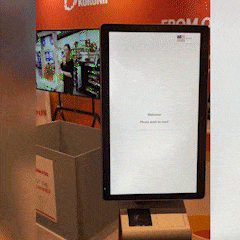
The cost of RFID implementation goes beyond just the tags themselves. Consider the Total Cost of Ownership (TCO).
You will also need RFID readers, antennas, software, and infrastructure setups. Large-scale deployments may require substantial upfront investments in infrastructure.
Businesses should expect to spend anywhere from $10,000 to over $100,000 for a complete RFID system.
This cost includes the initial tag purchase and ongoing maintenance, replacement, and integration. Businesses should weigh RFID technology’s potential benefits and ROI against these costs.
Is RFID Worth It for Your Business?
RFID can be a game-changer for your business. It tracks inventory, cuts down on errors, and helps prevent theft. Customers love faster checkouts with self-service kiosks, which boosts their experience.
Though initial costs for tags and readers can be high, the long-term savings and efficiency gains often outweigh them, especially for retailers with large inventories. For businesses aiming to stay competitive, RFID is a worthwhile investment.
Setting up an RFID system relies on integrating a robust inventory management system. KORONA POS has partnered with RFID Enabled Solutions to deliver a comprehensive tagging system for our clientele. It allows self-checkout terminals and RFID-enabled kiosks for a lightning-fast purchase flow.
Curious about RFID’s impact on your operations? Click the button below to sign up for a free KORONA POS demo to see how our RFID solutions can elevate your business.


